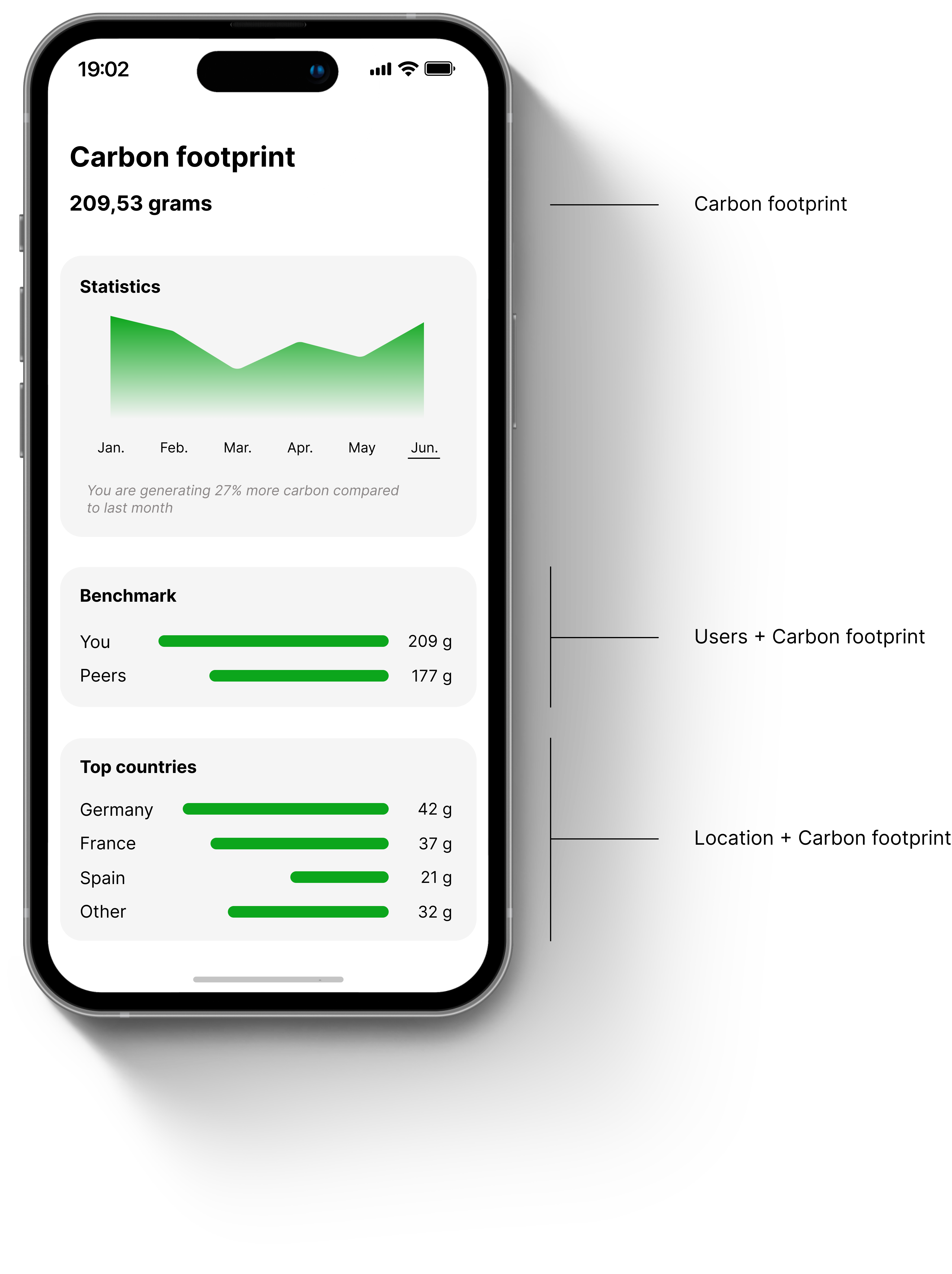Climate Responsibility in Finance: The Role of Carbon Footprint Calculations
Climate responsibility is becoming a central focus across all sectors, including finance. Central banks worldwide are examining the impact of climate change on monetary policy and taking significant actions to address this concern.
The roots of this shift trace back to 2015, when the Climate Conference in Paris set the stage for expanding green finance initiatives aimed at funding low-carbon infrastructure to save energy and reduce emissions.
Technological advancements are increasing awareness of the role technology plays in mitigating environmental pollution. Contrary to some beliefs, the financial sector is indeed integral to the green transition. Jay Mukhey, Global Director of Environment, Society, and Governance (ESG), highlights the financial sector’s impact due to the energy demands of data centers. However, solutions such as cloud migration are helping reduce these demands, offering more sustainable alternatives.
Mukhey emphasizes that green finance is offered to companies generating environmentally friendly outcomes. With API-based Banking-as-a-Service (BaaS) platforms, integrating financing options into business offerings becomes more accessible, even providing credit access to those with less favorable financial credentials. BaaS platforms are increasingly recognized for their effectiveness in orchestrating integrated, green financing solutions.

Understanding and calculating the carbon footprint is crucial for companies aiming to reduce their environmental impact. This metric measures the greenhouse gases (GHG) emitted by an organization and is quantified in tons of CO2 equivalent (CO2e). The calculation involves:
Banks like BBVA have been proactive in calculating their carbon footprint since 2020, underscoring the growing importance of this issue within the financial sector.
We provide a comprehensive calculation of the carbon emissions footprint for each transaction. Our calculations are based on verified standards such as the Statistical Classification of Economic activities (NACE) and public company information. Discover how Triple's API can help you calculate your carbon footprint and drive meaningful environmental impact.
Create reward programs for your customers within banking apps.
© 2024 Triple. Todos los derechos reservados.